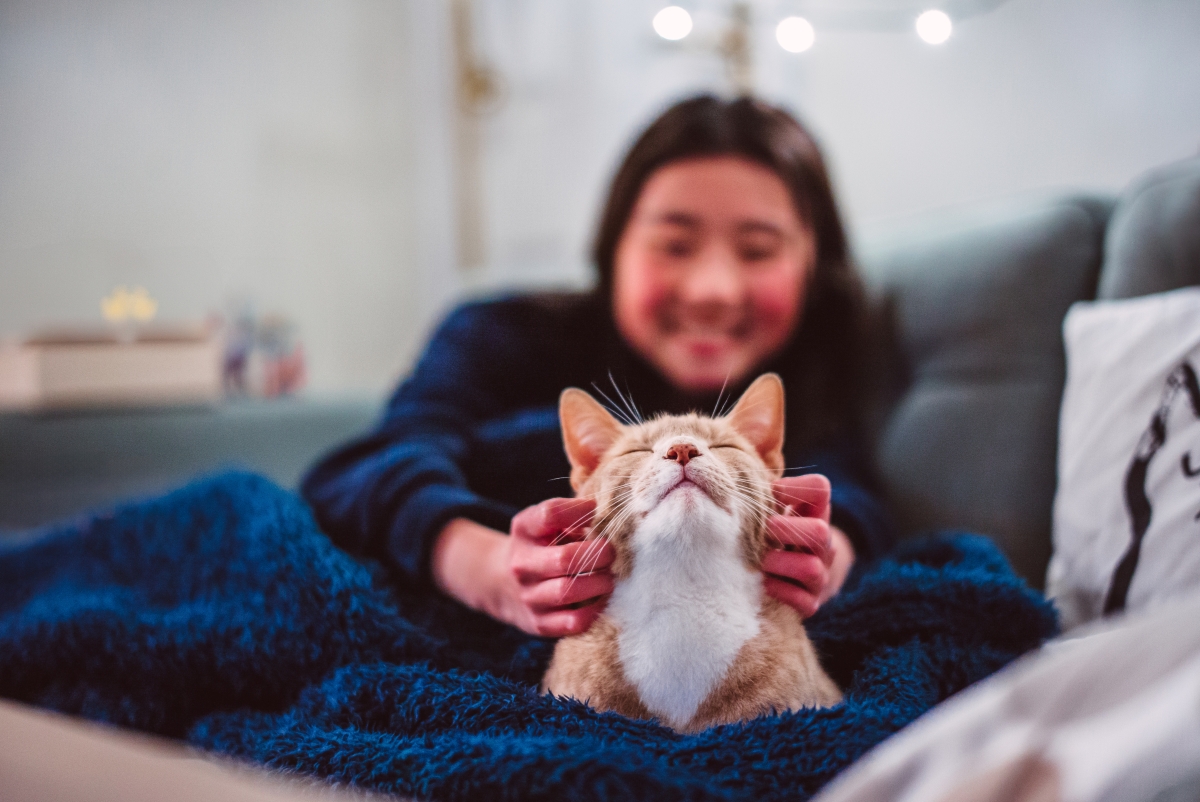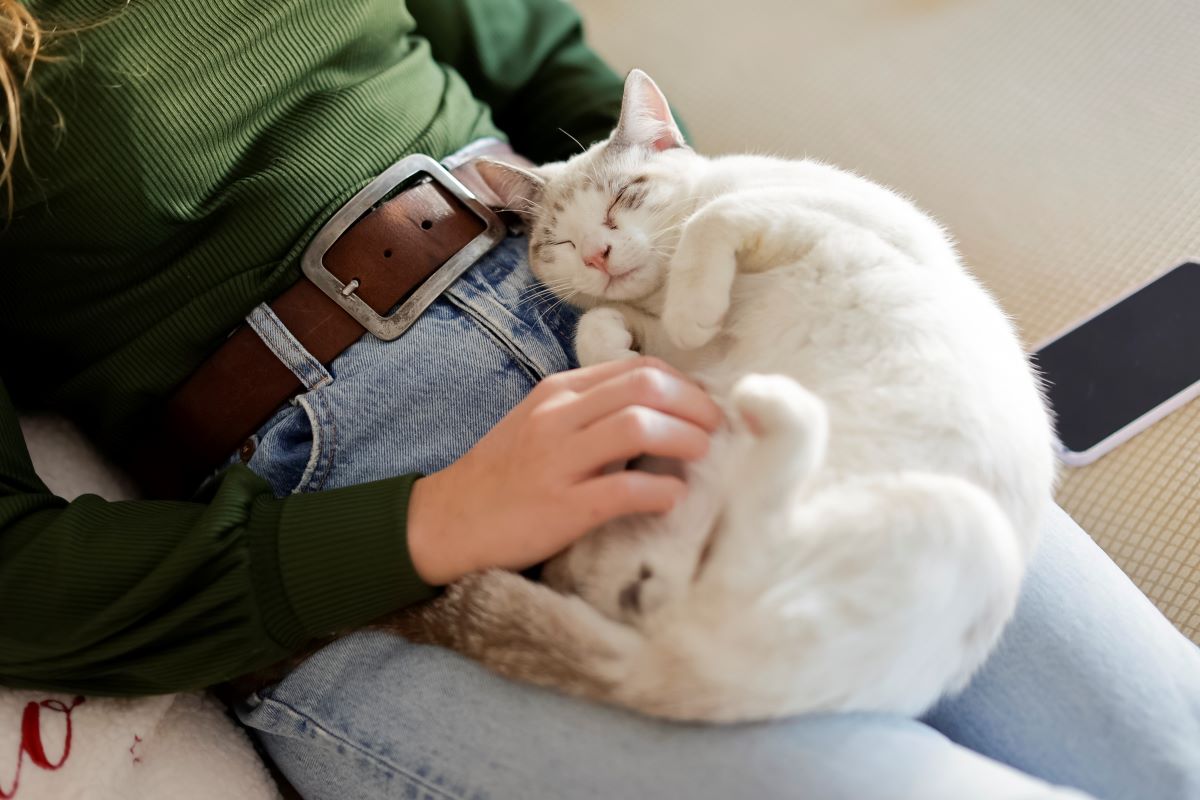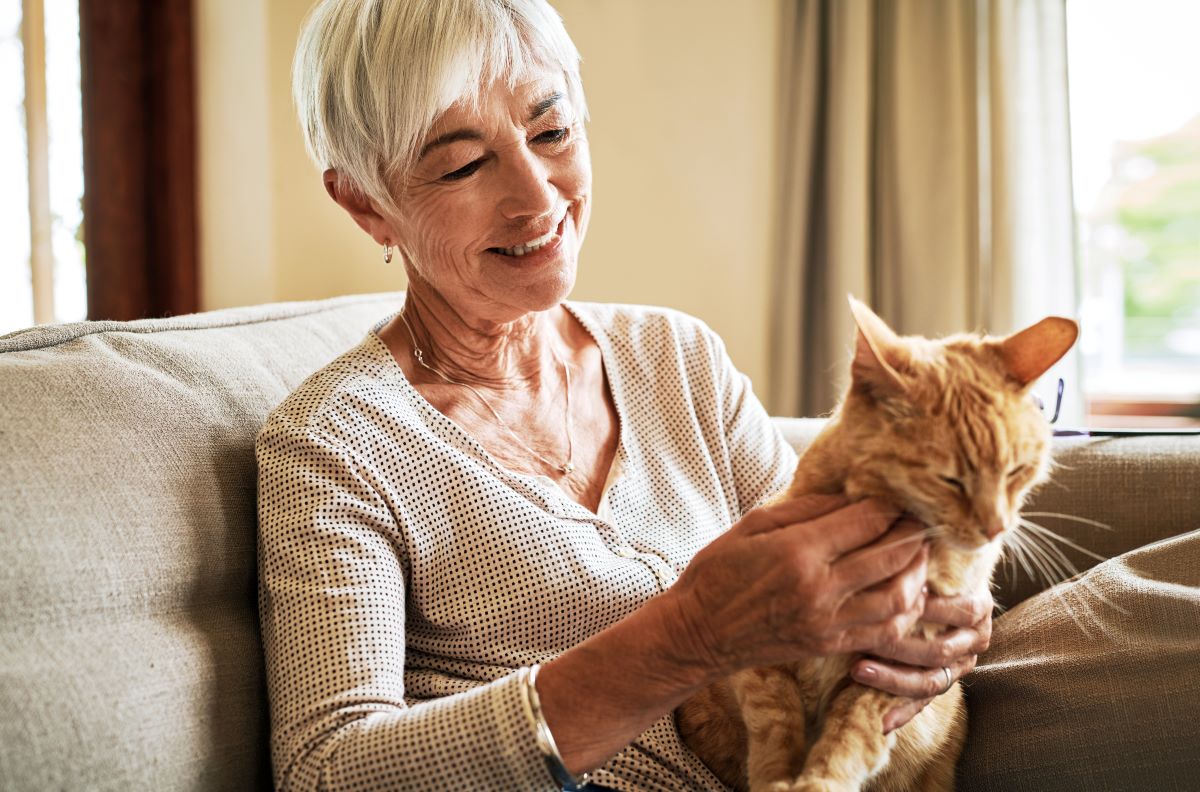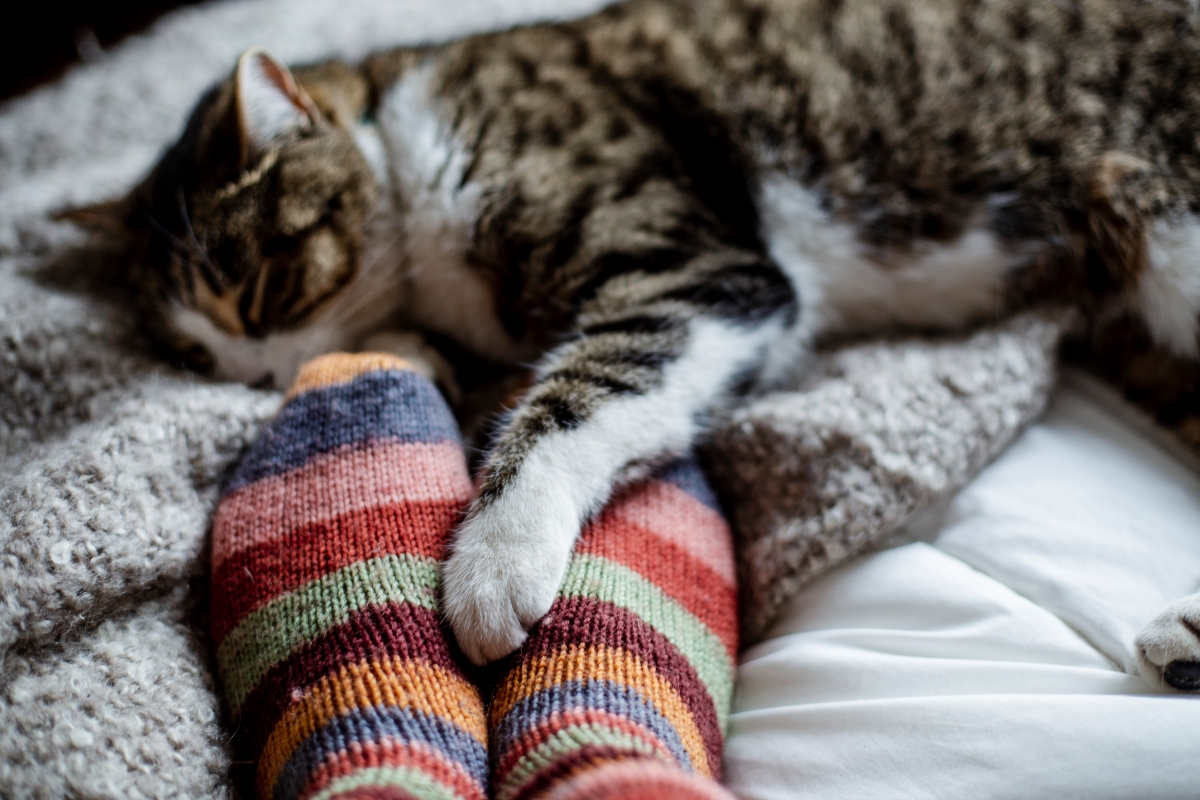
How to prepare for an arthritis vet check-up
Osteoarthritis (OA), also known as arthritis, is a disease that means ‘inflammation of the joint’. It is believed that as many as 90% by 12 years old1, will experience OA in one or more joints – however it’s a relatively under treated and under recognised condition in cats – why? The reason may be because cats express chronic (long term) pain in such a subtle way that it can be difficult for an owner to pick up on it.








































